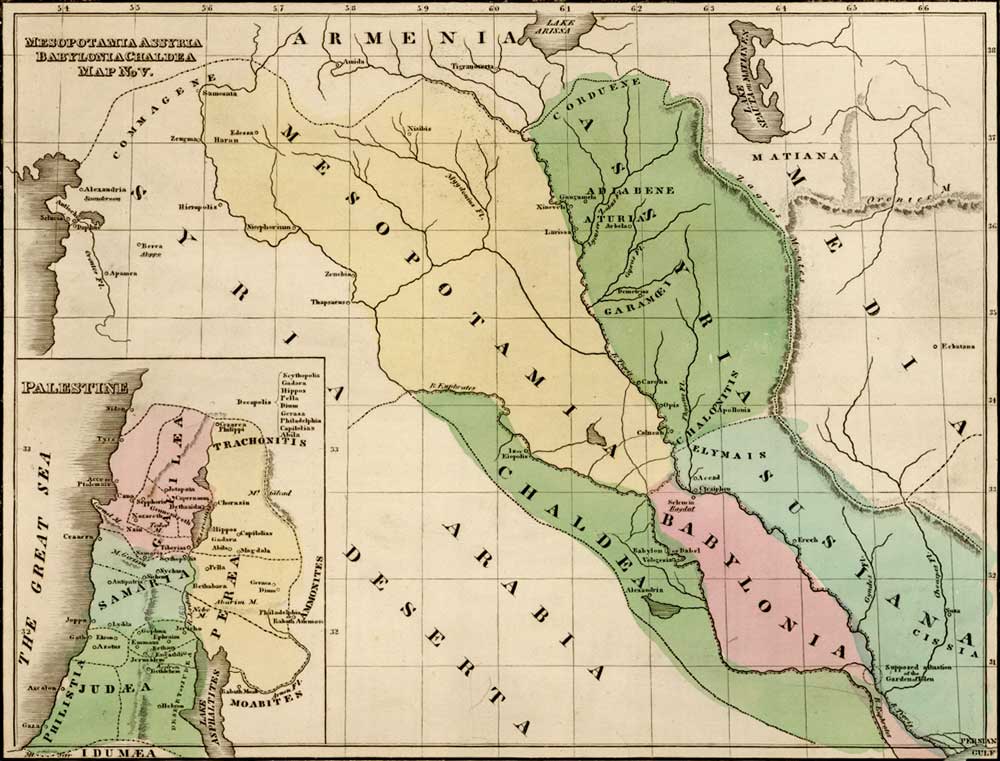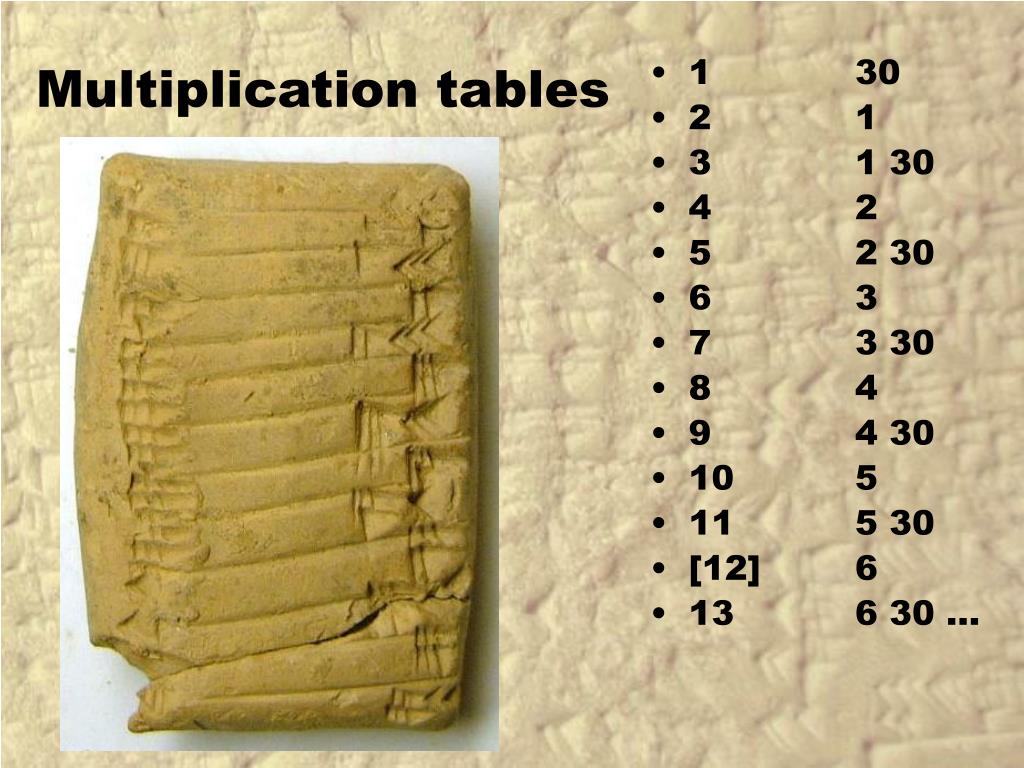

Babylonians later devised a sign to represent this empty place.

A space was left to indicate a place without value, similar to the modern-day zero. These symbols and their values were combined to form a digit in a sign-value notation way similar to that of Roman numerals for example, the combination represented the digit for 23 (see table of digits below). Only two symbols ( to count units and to count tens) were used to notate the 59 non-zero digits. This was an extremely important development, because non-place-value systems require unique symbols to represent each power of a base (ten, one hundred, one thousand, and so forth), making calculations difficult. It is also credited as being the first known positional numeral system, in which the value of a particular digit depends both on the digit itself and its position within the number. This system first appeared around 3100 B.C. Neither of the predecessors was a positional system (having a convention for which ‘end’ of the numeral represented the units). The Babylonians, who were famous for their astronomical observations and calculations (aided by their invention of the abacus), used a sexagesimal (base-60) positional numeral system inherited from the Sumerian and also Akkadian civilizations. Babylonian numerals were written in cuneiform, using a wedge-tipped reed stylus to make a mark on a soft clay tablet which would be exposed in the sun to harden to create a permanent record.


 0 kommentar(er)
0 kommentar(er)
